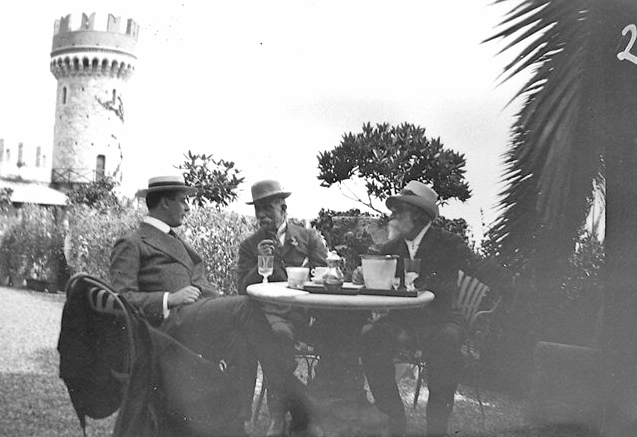Click here to view image
Giuseppe Pini known as "Capitan Beppino" (1906)
Click here to view image
Giuseppe Pini known as "Capitan Beppino" (1906)
Click here to view image
Click here to view image
Click here to view image
Captain and Campese Tower (1906)

Click here to view image

Click here to view image
Click here to view image
Captain with Raffaello Gestro and Decio Vinciguerra (1916)
Click here to view image
Click here to view image
Click here to view image
Marco Aurelio Crotta (Genova, 1861-1909)
Pencil and watercolor on paper glued to a card



Headquarters:
Municipality of Genoa - Palazzo Tursi
Via Garibaldi 9 - 16124 Genoa
C.F / VAT 00856920102